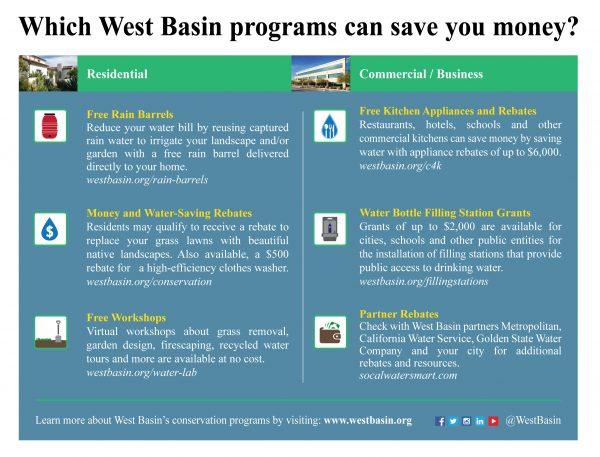Today’s labs often use much more water than people expect. Fortunately, numerous possibilities exist to help them cut down on that consumption. Here are some practical tips for making progress.
1. Explore water-saving retrofitting options
A good starting point is to learn about and consider investing in new laboratory equipment and features. Switching out autoclaves for newer types that don’t use steam jackets brings a 93% reduction in water usage and saves energy.
Research-grade autoclaves with steam jackets use water in a couple of ways. First, they need it to create the steam that heats the unit and gets it ready to sterilise items. Cold water also acts as a continuous cooling mechanism that stops the autoclave’s pipes from melting from the heat.
Those processes can use 60-90 gallons of water per cycle, depending on the autoclave’s age. However, putting water-saving devices on steam jacket autoclaves captures steam in a container. It relies on temperature sensors to determine how much water to use to stay sufficiently cool.
Another straightforward option is to fit lab sinks with low-flow aerators. They halve the faucet’s water flow per minute. Using one can cause water usage to decrease by 50%, plus reduce liquid splashing on items drying next to the sink.
2. Keep reverse-osmosis membranes and filters properly maintained
An essential thing to be mindful of about saving water in laboratories is that comprehensive measures often work best. People can often make progress by adopting measures they didn’t initially link to water conservation.
Cleaning reverse-osmosis membranes correctly is a good example of this principle in practice. People should do the job with high and low-pH chemicals. However, the order of using them depends on the foulant types. Using low pH chemicals first is not always appropriate because they can cause organic foulants to lose their anionic charges and get ground into the membrane.
When Ohio State University representatives performed a campus water audit, they found 70% of one building’s usage came from its labs. Another discovery was that for every gallon of water treated through reverse osmosis, the process wastes between 3-25 gallons more.

Brenda VanCleave, a water resources engineer working at the university, said, “The amount of water that gets wasted depends on the age and condition of the membrane filters in the unit. So, it is really important that labs upkeep and maintain their equipment.”
She continued, “Also, it is important that conservation practices for the use of deionised water get created and used — only use reverse osmosis or distilled water when required by an experiment and not for everything just because it is convenient.”
3. Find and fix leaks and pipe issues
A single leaky tap can cause a significant setback in water-conservation efforts. There’s approximately one-quarter of a millilitre lost through each drop. If water comes out every second, 5 gallons of water are lost each day. It’s easy to imagine how the problem could get even worse in a building with numerous labs or laboratories with several leaky taps.
Leaks can span beyond problematic taps, too. Loose pipes can cause under-sink leaks that people don’t immediately notice. These issues waste water and ruin items stored under the sink if the problems persist long enough.
However, people are developing high-tech solutions. In one case, a team working at Ireland’s University of Limerick created a pipe damage sensor made from crystallised amino acids.
Professor Vikram Pakrashi, a senior author of an academic paper associated with the project, said, “These amino-acid-based sensors will provide real-time sensing of pipe degradation, allowing for data-driven decision making on repair and maintenance, aiding in the global challenge of equitable water access.”
4. Consider pursuing an environmental certification
Saving water in the lab is something everyone should do, whether they’re only in the facility once a month or for many hours per day. It’s often easier to get everyone more motivated about that goal if there’s a larger future milestone to hit.
The University of Bristol recently did that by getting all 990 of its laboratories an institutional Green Labs Certification. Staff, students and others helping to get the facilities prepared to pass used the Laboratory Assessment Efficiency Framework (LEAF).
Anna Lewis, a sustainable science manager at the University of Bristol, said, “There are clear environmental and financial benefits in choosing to be more sustainable in laboratories. Adopting more sustainable practices can fundamentally change institutions to become more environmentally friendly, and we think our success with LEAF is a great example. We are in the midst of a climate emergency, so sustainability has never been more important or prominent than it is now.”
Besides providing water-saving strategies, the certification dealt with other resource minimisation, such as by giving opportunities to save energy. Statistics indicate lab lighting accounts for 15% of the power used, while equipment consumes another 20%.
Working toward a certification can help people become more aware of the part they play in saving water. From there, they can examine practical ways to cut down on other types of finite resource dependence.
Saving water is a goal within reach for today’s labs
Conserving water in a laboratory need not occur all at once. It can happen through a practical, progressive plan that requires everyone’s participation.
These four tips are excellent strategies for getting started. From there, lab users can take what they learn from these suggestions and look for other opportunities to conserve.
Author: Emily Newton is the Editor-In-Chief of Revolutionized, a magazine exploring innovations in science and industry that shares ideas to promote a better tomorrow.









